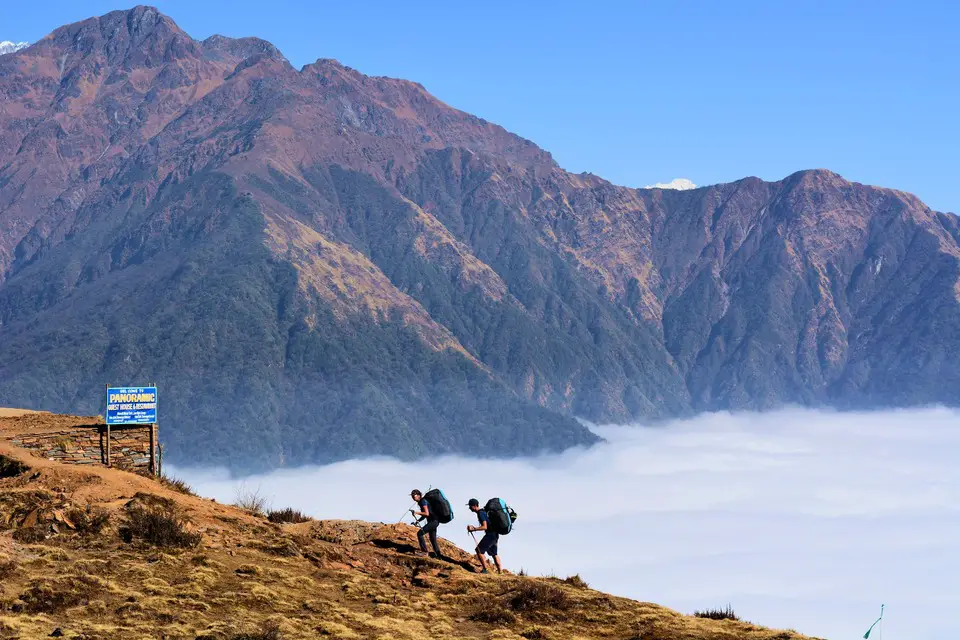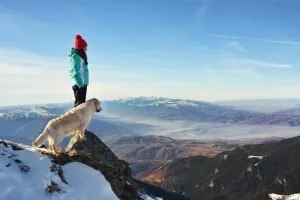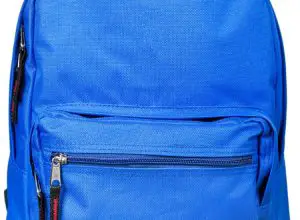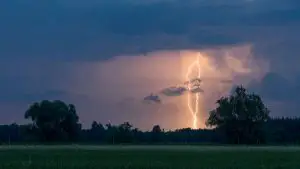Trekking vs Hiking: Differences And Similarities

Trekking and hiking are both activities that involve walking in nature, but believe it or not, there are some key differences between the two. I know it’s probably confusing since they both involve walking outdoors and are often used interchangeably, but trust me, there are some distinct differences. So in this article, I’ll be comparing and contrasting trekking vs hiking, and hopefully, by the end, you’ll have a better understanding of the two.
Quick Links
Trekking vs. Hiking: Explained
Trekking is defined as a long and challenging journey, usually on foot. It typically involves multiple days or weeks of walking in remote or rugged areas. Trekkers often carry all their belongings with them in a backpack, and they typically camp overnight along the way. It’s similar to backpacking in a way, but backpacking is more about the journey and less about the destination. Confused yet? Hope not!
Hiking, on the other hand, is simply walking for pleasure or exercise in nature. It can be done for a few hours or even an entire day. Hikers usually carry just a small backpack with snacks and water and don’t typically camp overnight.
So as you can see, the main difference between trekking and hiking is the duration and difficulty of the journey. Trekking is usually longer and more challenging, while hiking is shorter and easier.
Now that we’ve gone over the basics, let’s take a closer look at each activity in more detail.
Trekking vs. Hiking Differences
Challenge
For starters, hiking is generally considered to be a less strenuous activity than trekking. Hiking can be done at a slow and steady pace and doesn’t require any special equipment or training. Trekking, on the other hand, is a more challenging activity that often requires hikers to carry a lot of gear with them. In addition, trekking usually takes place in more remote and rugged areas, which can make it more difficult than hiking.
Duration
Another key difference between trekking and hiking is the amount of time spent on the activity. Hiking can be done in just a few hours, while trekking often takes days and sometimes even weeks to complete. This is because trekking typically covers a longer distance than hiking and often involves camping overnight.
Destination
Another difference between these two activities is the destination. Hiking is usually done for pleasure or exercise, and hikers usually have a specific destination in mind, such as a summit or lake. Trekking, on the other hand, is often done for the journey itself, and trekkers may not have a specific destination in mind.
Trekking vs. Hiking Similarities
Now that we’ve gone over some of the key differences between these two activities, let’s take a look at some of the similarities:
- Both trekking and hiking are activities that involve walking in nature.
- Both are incredible ways to improve your physical fitness and mental well-being.
- They can both be done solo or with a group of people. Typically trekking is usually done with more people than hiking.
- Both activities can be done year-round, although some trails may be impassable in winter conditions.
- Both activities can be done for pleasure or exercise.
What Gear Do You Need For Trekking?
If you’re planning on going trekking, there are some essential items you’ll need to bring with you. Of course, the specific gear you’ll need will depend on the length and difficulty of your trek, as well as the time of year. But in general, you should always pack the following items:
- A good pair of hiking boots: Trekking often takes place in remote and rugged areas, so you’ll need a good pair of hiking boots to protect your feet.
- A backpack: You’ll need a backpack to carry all your gear with you. Make sure to choose one that’s comfortable and has enough space for everything you need.
- A map: A map is essential for trekking, especially if you’re going off the beaten path.
- A compass: A compass can be helpful if you get lost or disoriented.
- A first-aid kit: It’s always a good idea to pack a first-aid kit in case of emergencies. If you’re gonna be trekking for more than a few days – a first aid kit is essential.
- A headlamp: A headlamp is essential for camping overnight.
- A stove: If you’re planning on camping, you’ll need a stove to cook your food.
- Food and water: Of course, you’ll need food and water for your trek. Make sure to bring enough to last you the entire journey.
Conclusion
In conclusion, I would say not to get caught up in the names of either activity. Both are great ways to enjoy nature, get some great exercise, and just have a good time. If you haven’t gone on any multi-day trips before, start slow. Slowly go on longer hikes, and eventually, you’ll be ready for some backpacking and trekking trips. And always remember to pack the essential gear for any journey into the wilderness.






